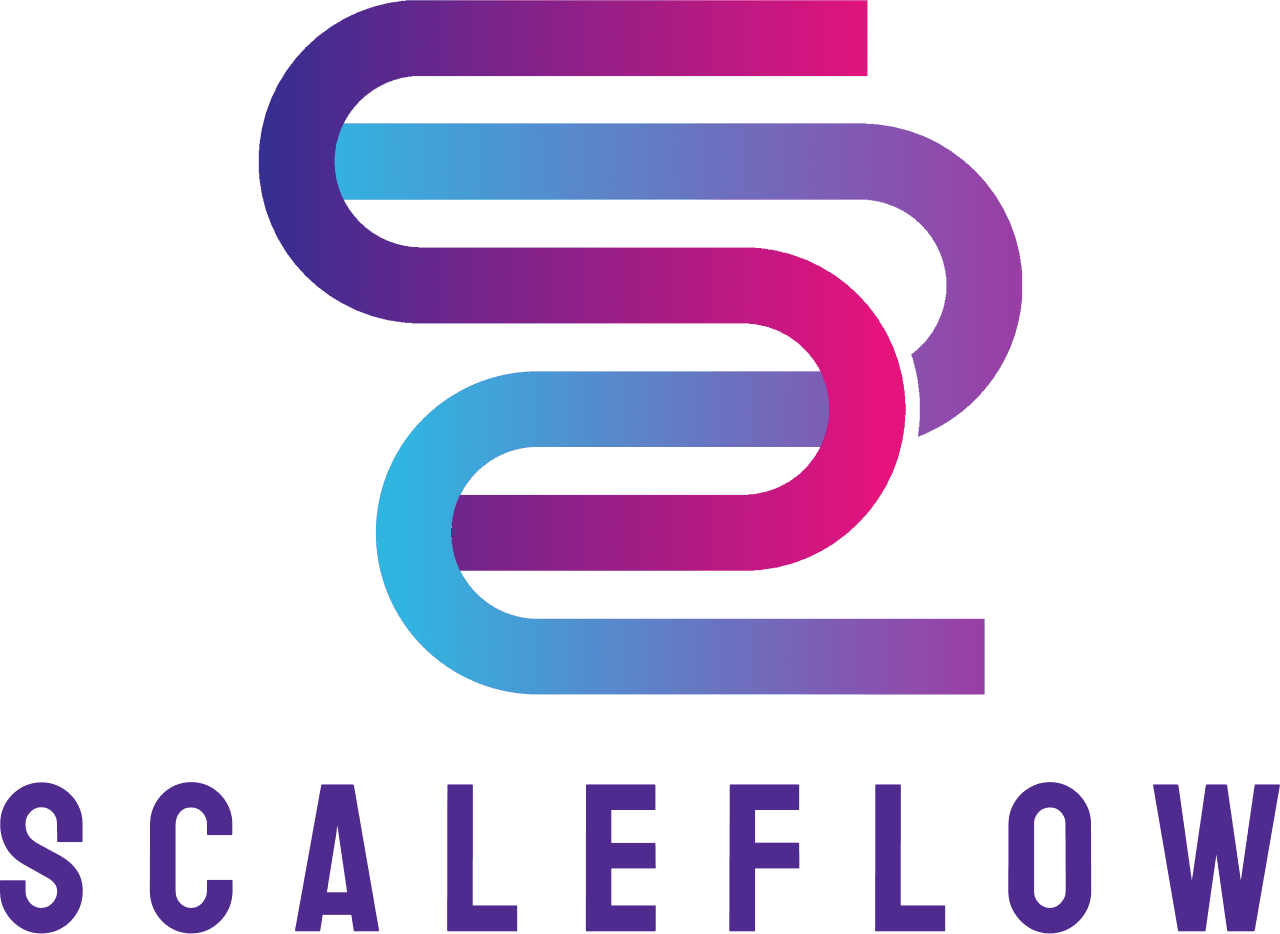Building Custom Integrations: Connecting Your Tech Stack with AI
Understanding the Need for Custom Integrations
In today's fast-paced business environment, organizations rely on a diverse range of software applications to manage their operations. From customer relationship management (CRM) systems to enterprise resource planning (ERP) tools, these applications often need to work together seamlessly. However, out-of-the-box solutions rarely meet all specific business needs. This is where custom integrations come into play, acting as the glue that connects different parts of a technology stack.

The Role of AI in Integration
Artificial Intelligence (AI) is transforming the way we approach custom integrations. AI-driven solutions can handle complex data flows and automate processes, making integrations more efficient and effective. AI can analyze vast amounts of data to identify patterns and suggest better integration strategies. This not only speeds up the integration process but also enhances the overall functionality of the tech stack.
Steps to Building Custom Integrations
- Identify the Needs: Start by assessing the specific needs of your organization. Determine which applications need to be integrated and what data should be shared between them.
- Choose the Right Tools: Select the tools and platforms that best fit your integration requirements. Look for solutions that are compatible with AI technologies.
- Design and Develop: Create a blueprint for your integration, keeping scalability and future upgrades in mind. Develop the integration using coding languages and platforms suited to your needs.
- Test and Deploy: Conduct thorough testing to ensure the integration functions as expected. Once testing is complete, deploy the integration across your systems.

Benefits of Custom Integrations
Building custom integrations can offer numerous benefits to organizations. By tailoring integrations to specific needs, businesses can achieve greater operational efficiency. Custom integrations reduce manual data entry and minimize errors, leading to more accurate data and better decision-making. Additionally, custom integrations can provide a competitive edge by enabling unique workflows and processes.
Challenges and Solutions
Despite the advantages, custom integrations can present challenges. These may include complexity in design, higher initial costs, and the need for ongoing maintenance. However, leveraging AI can mitigate many of these challenges. AI can simplify design processes through automation and reduce costs by optimizing resources. Additionally, AI can help monitor integrations in real-time, ensuring they remain effective over time.

Future of Custom Integrations with AI
The future of custom integrations looks promising with continuous advancements in AI technology. As AI evolves, we can expect even more sophisticated integration solutions that offer deeper insights and enhanced automation. This will allow businesses to remain agile and responsive in a rapidly changing digital landscape.
Conclusion
In conclusion, custom integrations are essential for modern businesses seeking to connect their diverse technology stacks effectively. By harnessing the power of AI, organizations can streamline their integration processes, reduce costs, and enhance overall performance. Investing in custom integrations today can position businesses for success in the future, enabling them to stay ahead of the competition.
